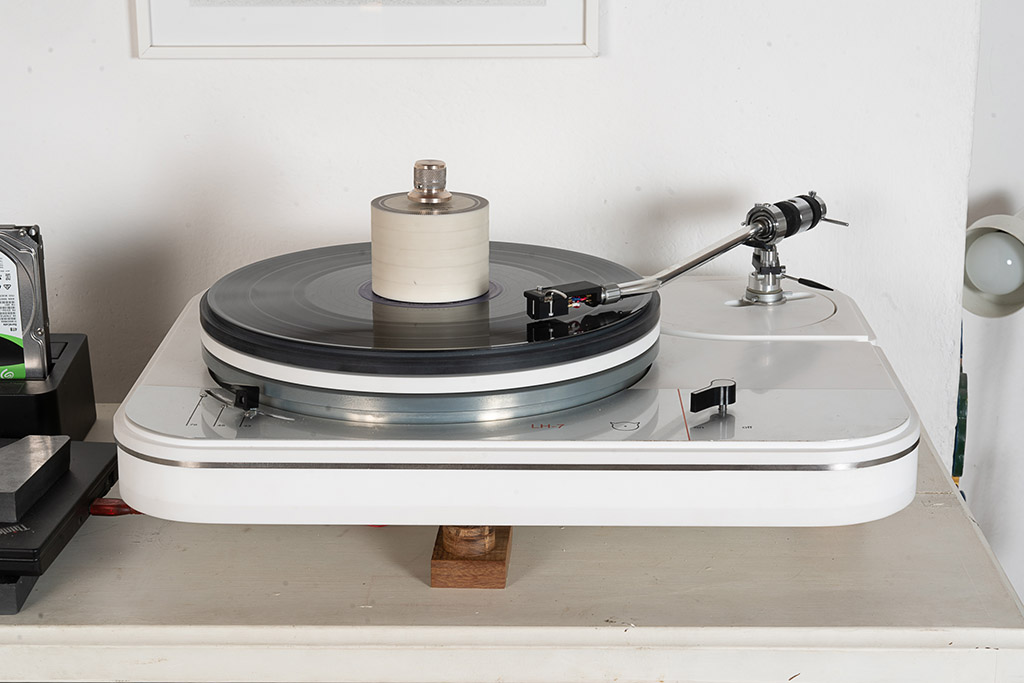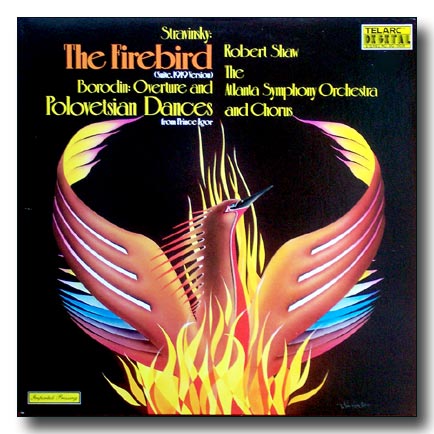
E' morto nella notte Nicola Arigliano. Il cantante, 86 anni, abitava da quattro anni a Calimera, in provincia di Lecce, nell'istituto Gino Cucurachi, un centro per anziani. Era originario di Squinzano, sempre in provincia di Lecce, dove era nato il 6 dicembre 1923.
Secondo quanto riferito dalla famiglia, il musicista non aveva malattie: ieri pomeriggio ha avuto una crisi respiratoria e poi prima della mezzanotte è morto per un infarto.
Nicola Arigliano ha sperimentato molte forme artistiche nella sua vita: musica, tv, cinema e anche la pubblicità. Per anni è stato, infatti, il testimonial del Digestivo Antonetto in caroselli e spot. Moderno fino all'ultimo, nel 2007, insieme ad un suo staff di collaboratori, aveva inaugurato la sua pagina su Myspace.
La sua passione era il Jazz, ed ha il merito di averlo reso noto, se non popolare, al grande pubblico televisivo. Suonava il piano, il sax, la batteria e il contrabbasso e la sua carriera inizia da ragazzino. Dopo le prime esibizioni a carattere locale e una lunga gavetta nei locali del Nord Italia, viene notato da un produttore televisivo che lo fa debuttare in scenette e numeri musicali in alcuni programmi di varietà.
Nel 1956 presenta i suoi primi di dischi a 78 giri. Tra essi A tazza 'e caffé, Zitto zitto zitto, Spatella 'argento, Scetate. Con il passaggio al 45 giri Arigliano ottiene un grandissimo successo con Simpatica brano di Garinei, Giovannini e Kramer.
Partecipa all'edizione 1958-59 di Canzonissima, al Cantatutto, a Sentimentale, programma condotto da Lelio Luttazzi (ospite fisso con Mina; la sigla del programma, intitolata Sentimentale diventa un grande successo inciso da entrambi cantanti in due versioni differenti) e a vari festival jazz, mettendosi in luce con il suo stile da crooner.
Nella prima metà degli '60 spopola per i suoi brani in 'italese' come I love forestiera, Amorevole, Tre volte baciami, My wonderful bambina ma anche con le sue particolari interpretazioni di My Funny Valentine e Arrivederci (di Umberto Bindi) entrate a far parte dei classici da night e piano bar.
Torna sorprendentemente in televisione nel 1977 in alcune puntate di Non stop, una trasmissione di Enzo Trapani dedicata al cabaret: è il pistolero vestito di nero che "uccide" gli artisti a rivoltellate, pronunciando la battuta: «Non voglio noie nel mio locale!».
Nel 1996 vince il Premio Tenco, per il suo album I sing ancora e recita al fianco di Enrico Montesano e Mietta nella serie TV L'ispettore Giusti (1999).
Nel 2005, con i suoi ottantuno anni di età, è stato il cantante più anziano a partecipare ad un Festival di Sanremo: nell'occasione ha presentato il brano Colpevole, vincitore del Premio della Critica.
La sua ultima esibizione risale all'8 settembre 2007, in occasione del premio alla carriera che gli ha voluto tributare la sua Squinzano (LE).
Saltuariamente si è anche cimentato nel mondo del cinema (La grande guerra, Ultimo tango a Zagarolo, ecc.).
I funerali di Nicola Arigliano si terranno domani, giovedì 1 aprile, alle ore 16 presso la Chiesa SS. Maria Annunziata di Squinzano, in provincia di Lecce, dove l'artista era nato.
































































.jpg)




















.jpg)






































